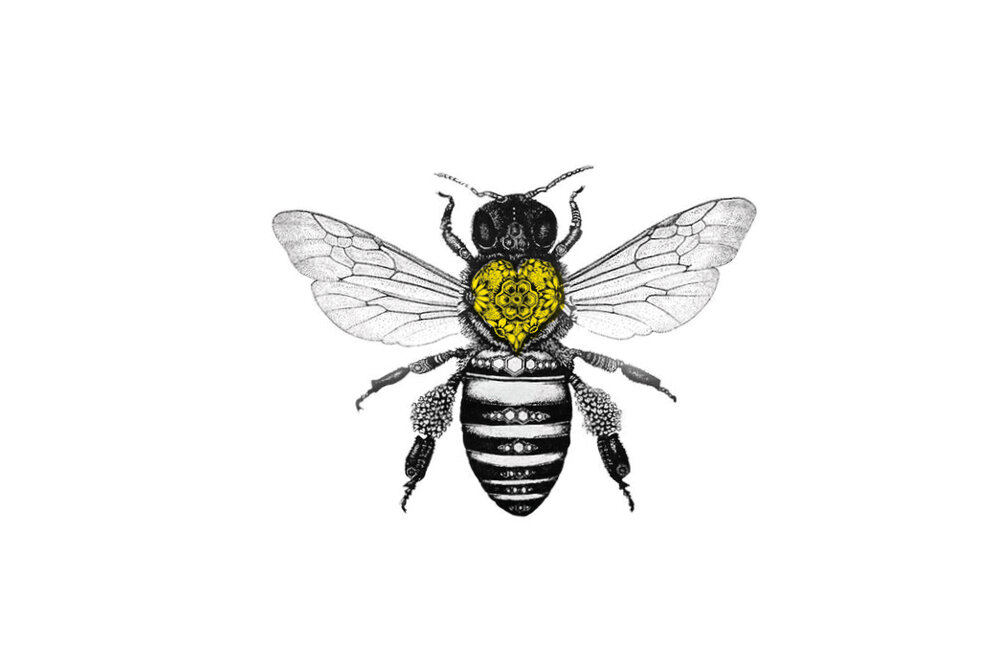Designing Legacy: Ray de Micoli on 40 Years with Tumas Group
Ray De Micoli has spent over four decades at the heart of Malta's architectural transformation, from a small office building to LEED-certified business districts. At the centre of that journey lies a powerful creative relationship with the Tumas Group—one that began with a simple hotel sketch and evolved into an era-defining collaboration.
Sign up to read this post
Join Now

